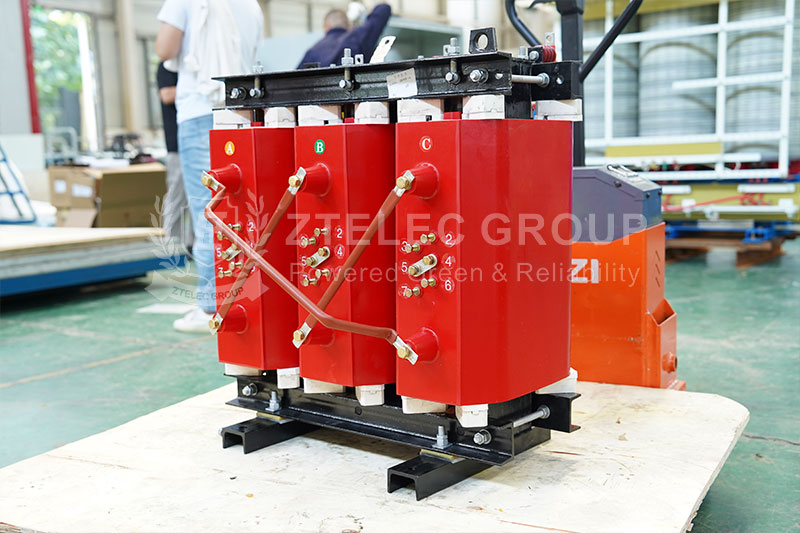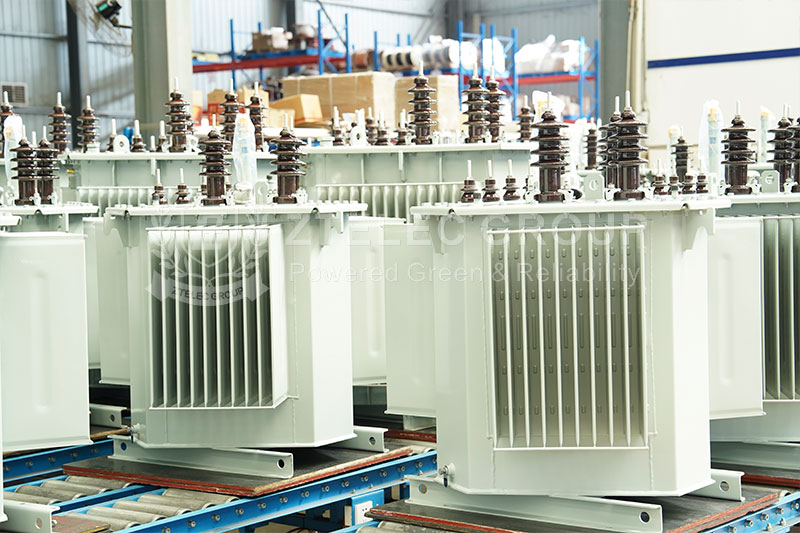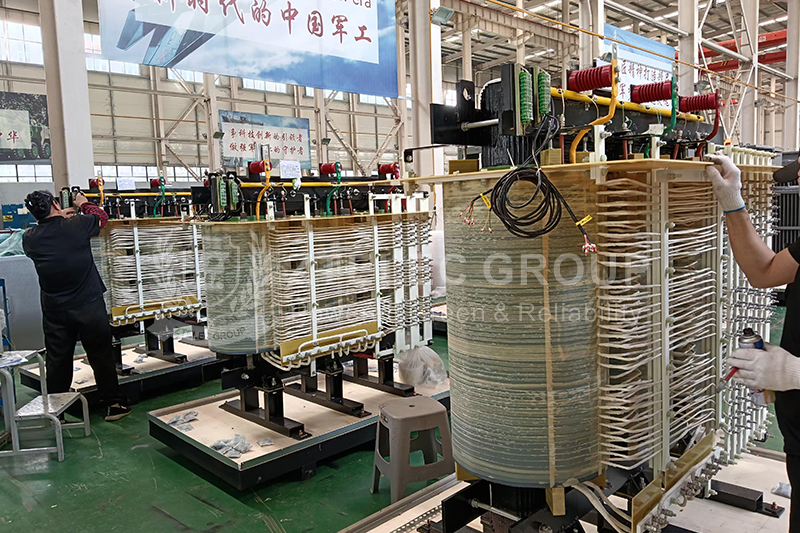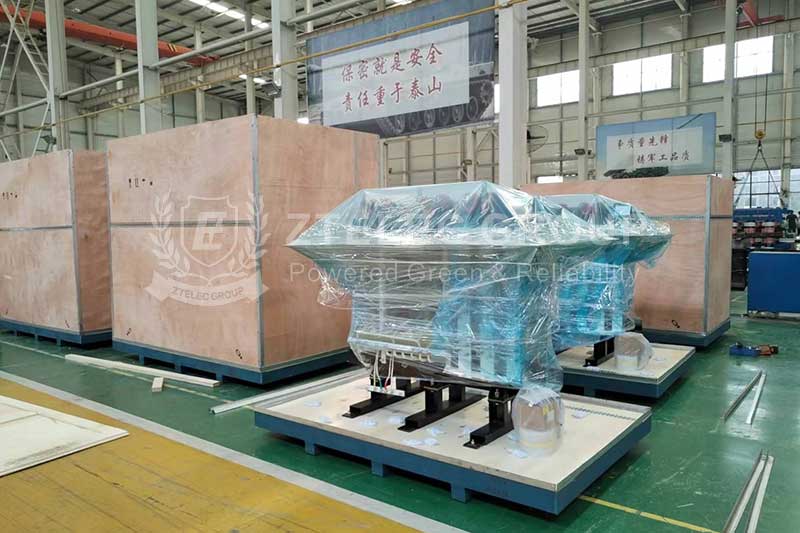Analyzing the Working Principle of Solar Transformers
With the increasing global demand for renewable energy, solar energy, as a clean and renewable resource, is receiving more and more attention. In solar energy systems, solar transformers play a crucial role by converting the direct current (DC) generated by photovoltaic (PV) panels into alternating current (AC), making it suitable for connection to the grid or for use by households and businesses. This article will provide a detailed analysis of the working principle of solar transformers and their importance in solar power generation systems.
I. Overview of Solar Power Generation Systems
Before discussing solar transformers, it is essential to understand the basic components of a solar power generation system. A typical solar power generation system mainly includes the following parts:
1. Solar photovoltaic panels: These panels are composed of multiple photovoltaic cells that can directly convert sunlight into direct current.
2. Controller: Used to monitor the system's performance and regulate the charging and discharging of batteries.
3. Inverter: Converts direct current into alternating current, ensuring that the electrical energy can be effectively utilized.
4. Transformer: In some systems, a transformer is connected after the inverter to further adjust the voltage levels to meet the requirements of the grid or the load.
5. Grid: The converted and adjusted electrical energy can be fed into the grid or supplied for residential and industrial use.

II. Working Principle of Solar Transformers
The main function of a solar transformer is to adjust the voltage and current of the AC output from the inverter, making it suitable for the grid or the usage devices. Here is a detailed explanation of the working principle of solar transformers:
Input Stage: The inverter in the solar power generation system converts the direct current generated by the photovoltaic panels into alternating current, usually at a medium voltage (e.g., 400V). At this stage, the current may still fluctuate and cannot be directly connected to the grid.
Structure of the Transformer: Solar transformers typically consist of a core, windings, and insulating materials. The core provides a low magnetic reluctance path to enhance the efficiency of the magnetic field, while the windings are responsible for the transmission of current.
Voltage Conversion: The working principle of a transformer is based on Faraday's law of electromagnetic induction. When alternating current flows through the primary winding of the transformer, it creates a changing magnetic field within the core. This changing magnetic field induces current in the secondary winding. By adjusting the turns ratio between the primary and secondary windings, the transformer can modify the output voltage. For instance, if the primary winding has 100 turns and the secondary winding has 50 turns, the output voltage will be half of the input voltage.
Current Adjustment: Simultaneously with voltage conversion, the transformer also affects the magnitude of the current. According to the power formula (P=U×I), there is an inverse relationship between voltage and current. If the voltage decreases, the current increases, and vice versa. This characteristic is crucial for regulating electrical energy transmission.
Output Stage: After adjustment by the transformer, the voltage and current are optimized to meet the requirements of the grid or specific loads. Ultimately, the electrical energy can be safely fed into the grid or supplied for use.

III. Types of Solar Transformers
Solar transformers can be divided into the following main types:
1. Dry-type transformers: These use air as the insulating medium and are suitable for environments with good conditions, requiring simple maintenance.
2. Oil-immersed transformers: These employ oil as the insulating and cooling medium, suitable for larger loads or harsher environmental conditions.
IV. Advantages of Solar Transformers
1. Improved Power Quality: By adjusting the voltage and current, solar transformers can enhance the quality of electrical energy and reduce losses during transmission.
2. Strong Adaptability: Different grids and devices have varying energy requirements, and transformers can flexibly adjust the output as needed.
3. High Safety: By employing transformers, high-voltage electrical energy can be converted to low voltage, reducing the risk of electric shock and damage to equipment.
Solar transformers play a vital role in solar power generation systems, allowing for safe and effective integration of solar energy into the grid through efficient voltage and current adjustments. As renewable energy technology continues to advance, the performance and application scenarios of solar transformers will become even more diverse, providing stronger support for a sustainable future.
- more+releated article
- 2025-12-13How to Select and Use Phenolic Cloth-base Lami
- 2025-12-13How Much Does Bakelite Sheet Cost? 2025 Price
- 2025-12-13Why are most 3240 epoxy boards yellow?
- 2025-12-13What are the Main Applications of FR4 Epoxy Bo
- 2025-12-13Why Does the Price of Insulating Paperboard Va
- 2025-12-13Heat-Resistant DDP Insulation Paper
- 2025-12-13Comparison of Heat-Resistant DDP Insulating Pa
- 2025-12-13G10 and FR4 Epoxy Boards: Commonly Used for Ge
- 2025-12-13The Price of Heat-Resistant DDP Insulation Pap
- 2025-12-13How to Choose Epoxy Laminate Materials for Gen





